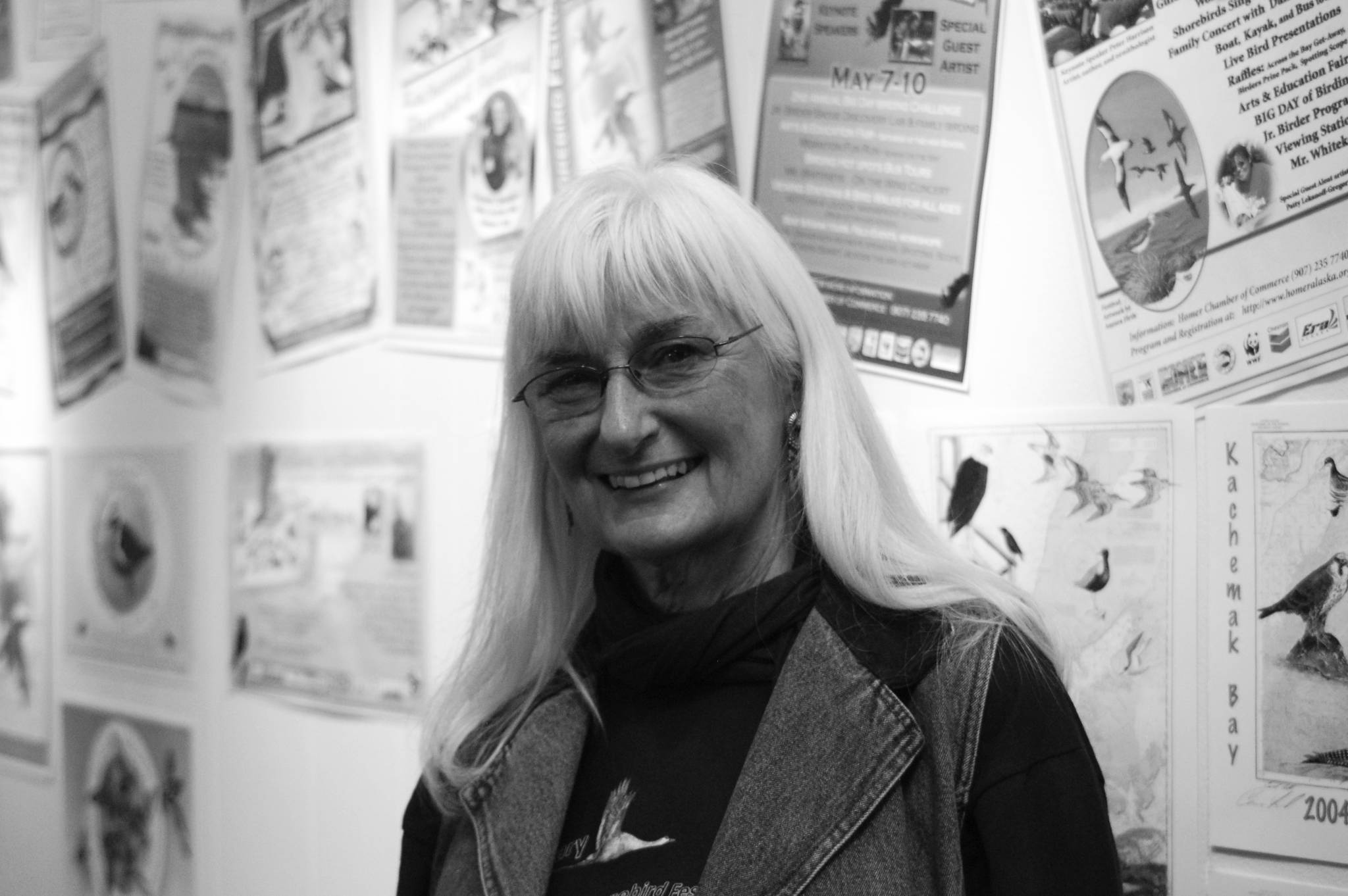Following is the latest in a monthly series of articles about birds and birding, celebrating The Year of the Bird, with authors from Kachemak Bay Birders.
It’s The Year of the Bird — and not just here in Homer. People around the world are celebrating 2018-19 as Year of the Bird to mark the centennial of the Migratory Bird Treaty Act (MBTA), one of the oldest wildlife protection laws in the United States. We began this celebration in May of 2018, so will share our stories with you until May of 2019.
These are some things that you can personally do to help our feathered friends as they live around, or migrate through our area:
You can create new habitats. Since the weather is warming up, it is time to clip off willow branches while they are still dormant. Put them in a bucket of peralite or starting soil and add water. Keep at least 12 inches of water in the bucket, and leave it outside in a sunny location (freezing won’t hurt). Within a couple months, leaves and roots will appear. That is the time to poke a pointed stick wider than the roots into the ground about a foot, gently put the willow stick in, and fill it in with wet dirt. Now (this is important), take a round plastic bottle like water bottles, cut off the top and bottom, and make a slice from top to bottom. This will go around each start at ground level and protect it from being chewed by rodents. Leave it there. Don’t let the starts dry out too much. Willows attract insects (bird food) and protect streams from erosion.
Do not use pesticides or herbicides in or around your yard — especially if any runoff will go into a stream. What kills plants or insects is bad for birds and children.
No matter how big your yard or space is, you can make it bird friendly. A variety of colorful perennials and annuals will attract pollinators as well as birds. We are seeing more humming birds in the area, so you can try a humming bird feeder near those colorful flowers. Don’t get the red stuff. Just use 1:4 sugar to water. They like those fuchsia hanging baskets too!
Birds like spaces that are a little messy. Leave a brush pile off on the edge for the sparrows who are ground nesters, have a water source or bird bath (keep it clean) for drinking and bathing, and keep pets away, (especially cats) . Keep dogs on the leash during migration and nesting (May-July). You have seen those signs around town!
Even if you don’t have a yard to create as bird-friendly, you may go where birds congregate to feed during migration or nest in the summer, so be a responsible pet owner and keep your dog under control with a leash or well-trained, obedient dog by your side. Plovers and song birds nest on the Spit in the summer and will react negatively when their nest is threatened. If you see a displaying bird, please leave the area so the nestlings will survive.
If you are a parent of small children, birds are a wonderful way to learn geography. ”Where do those Arctic Terns or sandpipers go when they leave Homer?” You can do art projects like the USFWS Jr. Duck Stamp art; or just make a clay bird and decorate it with feathers.
Our song birds, shorebirds, cranes, even seabirds migrate seasonally. Some go thousands of hazardous miles over unfriendly territories with loss of habitat for resting and feeding. Many do not make it to their destinations. We all can do something to help them along their way, either in our own backyards, our community, or through education.
Birds are the bellwether of the ecological health of our communities, our country, and our world. Many species populations have dropped dramatically in the last decade.North America has more than a billion fewer birds than it did just 40 years ago. We can all try to stop that decline.
Thank you for caring about our feathered friends. You can learn more at the Kachemak Bay Shorebird Festival May 9-12. Go to kachemakshorebird.org.
Carla Stanley is an active local birder.
This article is brought to you by the Kachemak Bay Birders. For more information about Kachemak Bay Birders birding trips, meetings, and other activities and events, go to kachemakbaybirders.org. Check out also the Bird of the Month, Citizen Science opportunities, Local Bird Information and much more.


